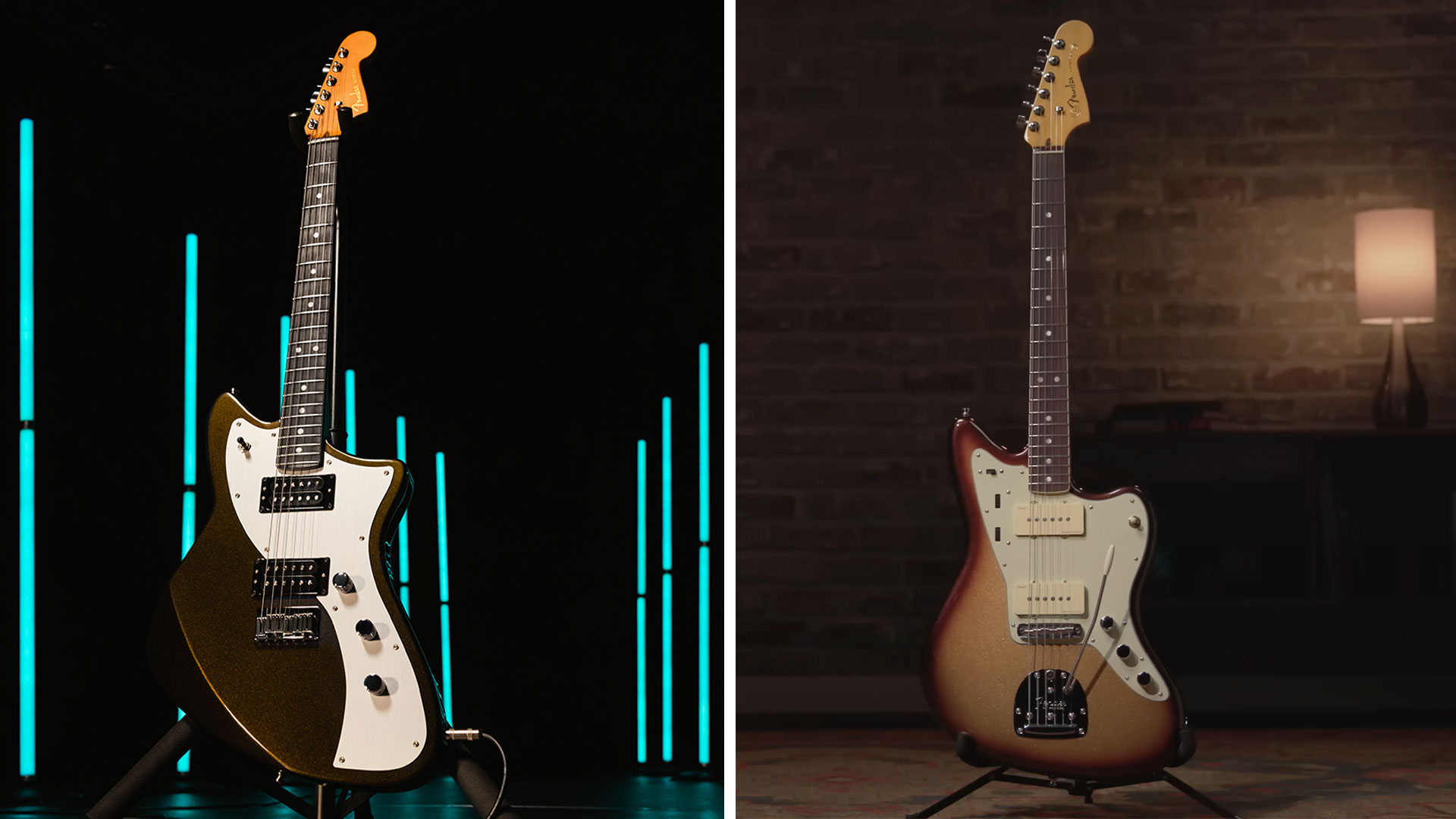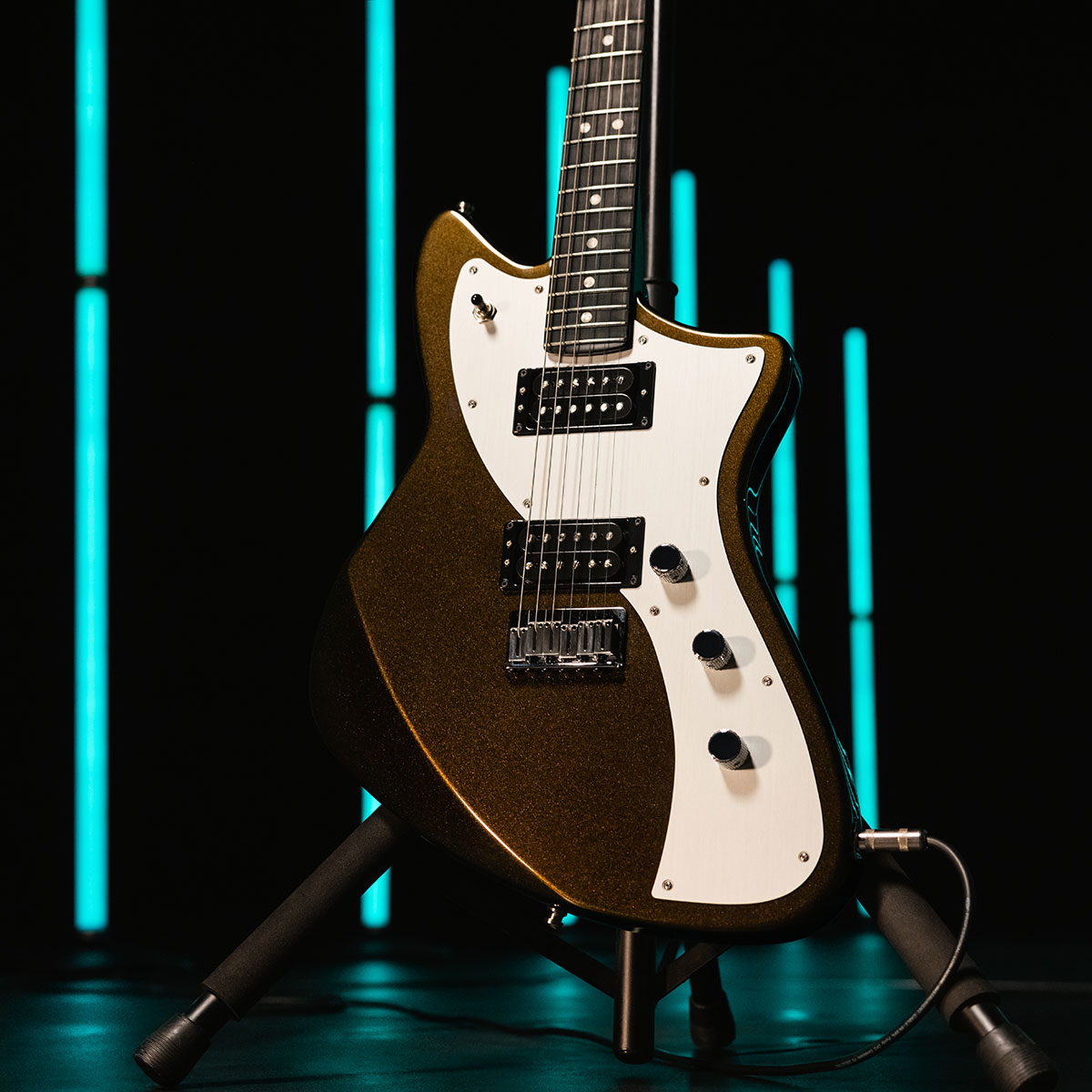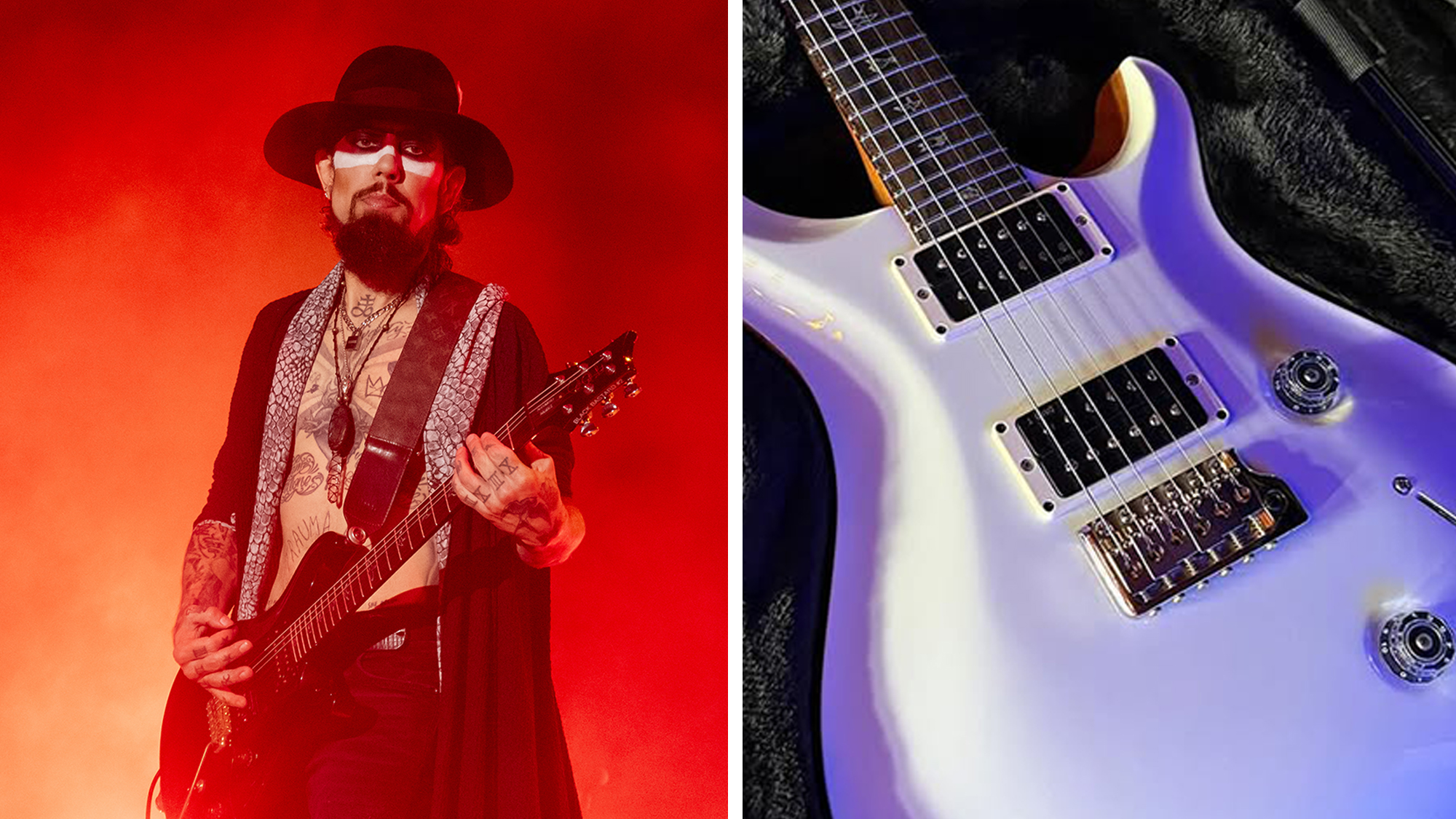“We decided, ‘Let's take the Jazzmaster out and put the Meteora in there to see if it's gonna work’”: Why Fender chose the Meteora over the Jazzmaster for its American Ultra II series
The Jazzmaster was notable in its absence from the new Ultra line-up, now, Fender’s Allen Abbassi explains why it chose to include the Meteora in its place

This week saw the unveiling of the Fender American Ultra II series – one of the firm’s biggest launches of 2024 and a line that contains the most innovative electric guitar designs available from its US stable.
The top-of-line models blend contemporary specs like noiseless pickups, Luminlay side dots, speedy satin-urethane necks, and subtle comfort carves with the Fender DNA of shapes like the Stratocaster and Telecaster.
However, “sports car” specs aside, one of the chief questions around the line’s introduction was why the Jazzmaster – as featured in the original Ultra line-up – appears to have been dropped in favor of the considerably more obscure Meteora offset.
Now, in a new interview with Fender’s Director of Electrics, Allen Abbassi, around the launch of the Ultra IIs, Guitar World took the chance to ask just that.
“One of the main reasons is we want to always be fresh and try something new,” said Abbassi. “The Meteora is a new shape for Fender. You don't see us doing a lot of new shapes, and we want to support that shape and foster it and help it grow in popularity.”
Abbassi says the thinking is that the Meteora is more in keeping with the spirit of the Ultra II line, and appeals to a modern-minded Fender player.
“More than a Jazzmaster,” Abbassi told GW. “Bringing a Jazzmaster, which is very traditional, into the Ultra high-end performance line is fun and interesting, but maybe it's a little dichotomy – it almost doesn't fit, you know?
Get The Pick Newsletter
All the latest guitar news, interviews, lessons, reviews, deals and more, direct to your inbox!
“Whereas the Meteora feels like it should fit perfectly into that category because of its newness and its shaping and [the fact] that it’s very modern-looking. So it's all those reasons that made us decide, ‘Well, let's take the Jazzmaster out and put the Ultra Meteora in there to see if it's gonna work.’”
The Meteora is very new by Fender body shape standards – having only been introduced in 2018 – and it seems it sees it less as a Jazzmaster rival, and more the next generation in offsets. Clearly, the firm’s hope is that it attracts an equivalently next-gen market.

“[The Meteora] is kind of a futuristic looking Jazzmaster,” says the Fender exec. “It looks like a sports car version. We've loaded it with some incredible new Haymaker humbuckers – and they're a little bit more aggressive. We feel like the Meteora appeals to that kind of player, who's looking to push the bounds and maybe be a little harder edged.”
The Fender exec also says that the Ultra II represents the first truly high-end Meteora build that it has produced, pointing out that until 2022’s Player Plus Meteora, it was a limited edition shape and limited to non-US lines.
“We want to have it available in as many different forms to see what artists are interested in it,” says Abbassi. “And this is a different type of player. Ultra II is [for] a more advanced player, a player that's into high performance. That's the type of player that feels like a Meteora would suit.”
Keep an eye on Guitar World for Allen Abassi’s full interview.

Matt is Deputy Editor for GuitarWorld.com. Before that he spent 10 years as a freelance music journalist, interviewing artists for the likes of Total Guitar, Guitarist, Guitar World, MusicRadar, NME.com, DJ Mag and Electronic Sound. In 2020, he launched CreativeMoney.co.uk, which aims to share the ideas that make creative lifestyles more sustainable. He plays guitar, but should not be allowed near your delay pedals.
“I didn’t think anybody would believe I got it from George Harrison. I figured they’d call me a liar”: Vintage guitar guru Norman Harris names the 5 most memorable guitars that have come through Norman's Rare Guitars
“What blew me away was that everyone wanted the curly maple top. People were calling, saying, ‘I’ve got to have the bird inlays’”: Paul Reed Smith on raising the Standard 24, finally cracking the noise-free guitar and why John Sykes is a tone hero











